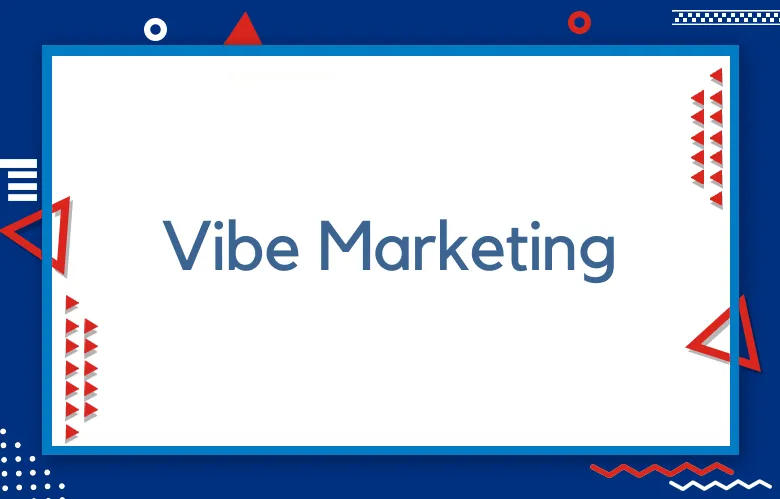
Vibe Marketing: How Brands Create Authentic Connections
Vibe Marketing: How Brands Create Authentic Connections in 2025
In a crowded marketplace, traditional marketing messages often fall flat. Consumers today crave more than just product features they want to feel a genuine connection with brands. Enter vibe marketing, a fresh approach that focuses on creating a mood, feeling, or cultural “vibe” that resonates deeply with your target audience.
What Is Vibe Marketing?
Vibe marketing is about capturing and communicating the essence or spirit of your brand in a way that evokes emotion and builds community. It’s less about hard selling and more about cultivating an atmosphere or attitude that attracts people naturally.
Think of it as marketing through energy and authenticity rather than just words or visuals. Brands that master this can build loyal fans who don’t just buy products — they buy into a lifestyle or mindset.
Why Vibe Marketing Works
1. Emotional Connection Drives Loyalty
People remember how brands make them feel. When a brand consistently projects a vibe that matches their values or identity, customers form stronger emotional bonds.
2. Cuts Through Advertising Noise
Today’s consumers are bombarded with ads and sales pitches. Vibe marketing creates subtle, memorable impressions that feel less like advertising and more like genuine expression.
3. Builds Community and Word-of-Mouth
A compelling vibe turns customers into a tribe a group that shares values, aesthetics, or interests. This community aspect naturally encourages sharing and advocacy.
How to Craft Your Brand’s Vibe
1. Know Your Audience Deeply
Understand their lifestyle, language, attitudes, and preferences. What music do they listen to? What social causes do they care about? What kind of humor or style resonates?
2. Be Consistent Across Channels
Your vibe should be clear in everything you do from social media posts and website design to packaging and customer service tone.
3. Use Visuals, Language, and Music Thoughtfully
Colors, fonts, imagery, and even soundtrack choices shape how your vibe is perceived. For example, a laid-back beach brand might use pastel colors and relaxed, playful language.
4. Engage Authentically with Your Community
Respond to comments, feature user-generated content, and participate in conversations that align with your vibe. This interaction keeps your brand feeling alive and relatable.
Examples of Successful Vibe Marketing
Glossier — creates a fresh, inclusive, and effortless beauty vibe that appeals to Gen Z and millennials.
Patagonia — embodies environmental activism and outdoor adventure, fostering a community of conscious consumers.
Nike — projects energy, motivation, and empowerment through dynamic visuals and inspiring storytelling.
Vibe Marketing in 2025: Trends to Watch
Hyper-Personalization: AI and data allow brands to tailor vibes to micro-segments, creating even deeper relevance.
Purpose-Driven Vibes: Consumers expect brands to stand for something beyond profit social and environmental causes will shape brand vibes.
Immersive Experiences: AR, VR, and live events will help brands create multi-sensory vibes that engage audiences on new levels.
Final Thoughts
Vibe marketing isn’t just a trend it’s a fundamental shift in how brands communicate and build relationships. By focusing on authentic expression and emotional resonance, brands can stand out, foster loyalty, and grow in a noisy digital world.
Ready to create your brand’s vibe? Start by listening deeply to your audience, expressing your true personality, and building a community that feels your energy.









